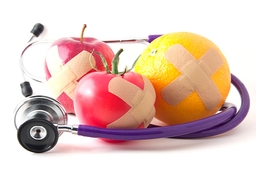The Power of Green Vegetables for Your Health

"Why do we have to eat vegetables?" Non-vegetarians frequently ask this question, whether or not they are aware of its many advantages. How about you? Do you know which green vegetables are most nutritious to eat?
Vegetables and Fiber
Vegetables are edible plants with nutritional value. They are high in vitamins, minerals, and dietary fiber—carbohydrates that can be taken but not digested by the body.
Researchers discovered that a lack of dietary fiber causes various chronic disorders, for example, coronary heart disease, appendicitis, diverticulosis (a large intestine disorder characterized by tiny projecting sacs), and colon cancer.
Fiber is classified as follows:
- Fiber that is water-soluble. This fiber can be broken down by good bacteria in the intestine. Once dissolved, it produces a gel-like substance that can help decrease cholesterol and blood sugar levels.
- Fiber that is insoluble in water. This fiber attracts water and increases the mass of the stool, making it easier to pass.
Green vegetables
Green vegetables are a type of plant with all or mainly green leaves and stems that are edible. Vegetables can be eaten either cooked or raw.
Green vegetables should be required on a daily basis. We also strongly advise getting youngsters started on eating vegetables at an early age.
Do not push yourself to eat vegetables you dislike. Consume what you want in sufficient quantities every day. Don't go overboard, either.
Green vegetable benefits
The following are some of the numerous advantages of green vegetables:
- Vitamins and minerals abound, including A and C, iron, magnesium, potassium, and calcium.
- It helps with vision and skin health.
- Enhances the immunological system.
- Aids in the maintenance of a healthy weight.
- Its high antioxidant content lowers the risk of cancer and heart disease.
- Provides essential dietary fiber to the body.
- Calories are low, yet nutrition is great.
- It aids digestion.
- It helps to reduce inflammation in the body.
- It contains chlorophyll, which can cleanse the blood and keep you going.
10 highly recommended green vegetables!
According to the Indonesian Ministry of Health's instructions for Isi Piringku (Fill My Plate), half of each meal's plate should be filled with vegetables and fruit. How do you fill your plate?
The following are recommended nutrient-rich green vegetables:
1. Spinach

Spinach is quite simple to prepare. It can be cooked, blended, or added to a soup, sauce, or salad. It is beneficial to pregnant women because it contains folate, which is necessary for the development of red blood cells.
A cup of raw spinach (30 grams) contains 181% DV of vitamin K, 56% DV of vitamin A, and 13% DV of manganese (Mn).
2. Cabbage
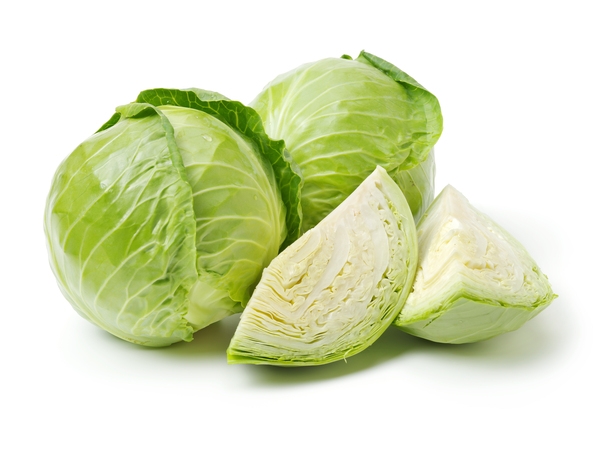
Green, white, and purple cabbage are all edible. The presence of sulforaphane can lower the risk of cancer, protect cells from oxidative damage, and lower the risk of stroke and hypertension.
A cup of raw cabbage (89 grams) has 22 calories, 5.2 grams of carbs, 2.9 grams of sugar, 0.1 grams of fat, 1.1 grams of protein, and 2.2 grams of fiber.
3. Kale
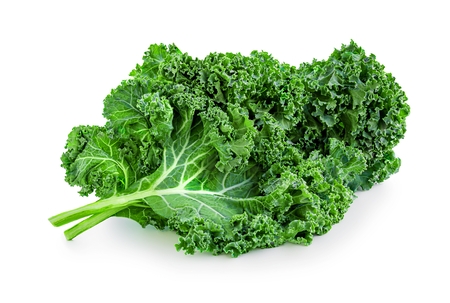
Kale belongs to the cabbage family. It has sturdy stems that culminate in long, curled leaves. This vegetable has been declared the "most nutritious in the world" due to its high fiber and antioxidant content.
A cup of raw kale (67 grams) contains 684% of the DV for vitamin K, 206% for vitamin A, and 134% for vitamin C. The antioxidants lutein and beta-carotene are also present. It is highly recommended to consume raw kale.
4. Collard greens
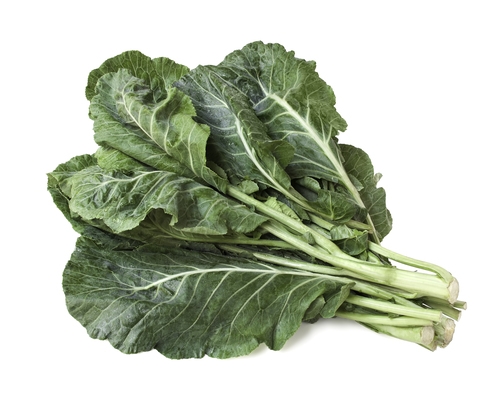
Collard is still connected to Kale. The leaves, on the other hand, are thicker and slightly bitter. Collard greens are high in calcium as well as vitamins A, B9 (folate), and C.
Collards have the highest vitamin K content of any green vegetable. A cup of cooked collards (190 grams) contains 1,045% of the daily value of vitamin K.
5. Watercress

Watercress is related to both kale and bok choy. It has a peppery flavor. The advantages include minimizing liver toxicity and protecting cells from damage caused by chemotherapy.
A cup of raw watercress (34 g) has 4 calories, 0.4 g of carbs, 0.1 g of sugar, 0 g of fat, 0.8 g of protein, and 0.2 g of fiber.
6. Lettuce
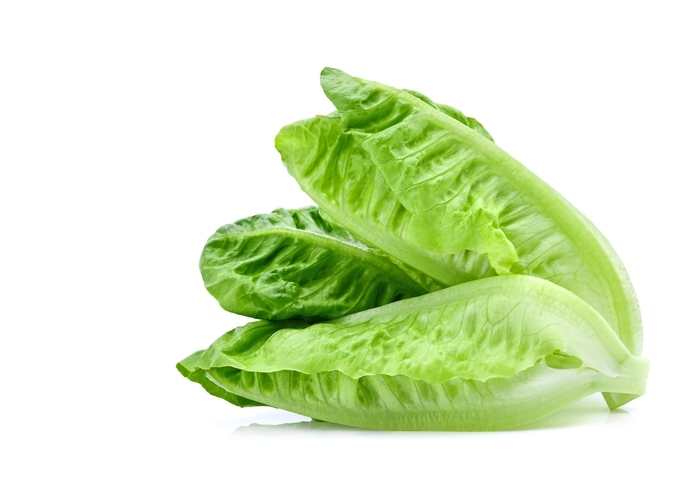
The crispness of the leaves and the gentle scent make lettuce a popular addition to salads. Lettuce is high in antioxidants, potassium (a key mineral for heart health), and beta-carotene for eye health.
A cup of shredded raw cos lettuce (47 grams) has 8 calories, 1.6 grams of carbohydrates, 0.6 grams of sugar, 0.1 grams of fat, 0.6 grams of protein, and 1 gram of fiber.
7. Arugula
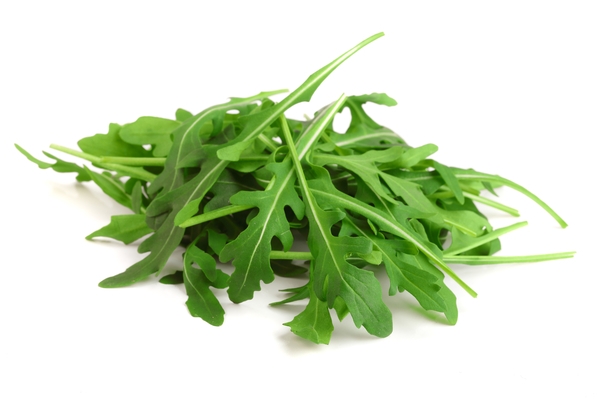
Arugula with soft leaves has a spicy, pungent flavor. It is frequently eaten raw or mixed with soup and pasta. Arugula, like lettuce, offers numerous advantages.
Half a cup of raw arugula (10 g) has 3 calories, 0.4 grams of carbs, 0.2 grams of sugar, 0.1 grams of fat, 0.3 grams of protein, and 0.2 grams of fiber.
8. Pak choy or bok choy
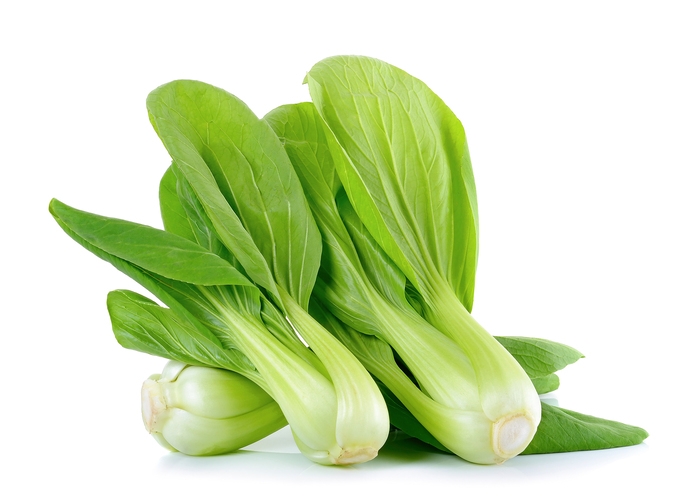
This veggie is loaded with vitamins and minerals. Selenium is one of them, and it protects against oxidative damage and infection.
A 70-gram serving of shredded raw bok choy has 9 calories, 1.5 grams of carbs, 0.8 grams of sugar, 0.1 grams of fat, 1.1 grams of protein, and 0.7 grams of fiber.
9. Beet leaves
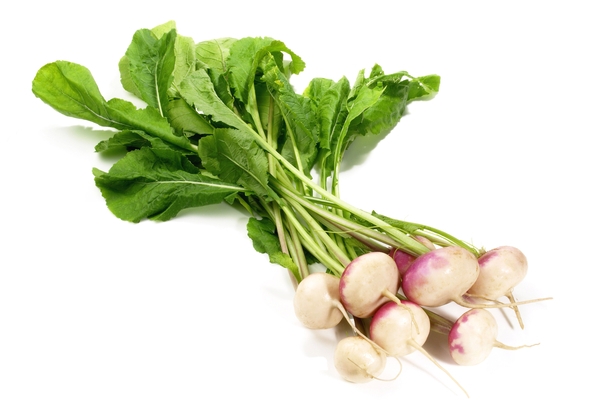
Beet leaves are edible, though they have an earthy flavor. They can be added to salads, soup, or steamed as a side dish. This veggie is high in antioxidants and minerals.
A cup (38 grams) of raw beet leaves includes 8.5 calories, 1.6 grams of carbohydrates, 0.2 grams of sugar, 0.1 grams of fat, 0.8 grams of protein, and 1.4 grams of fiber.
10. Swiss chard
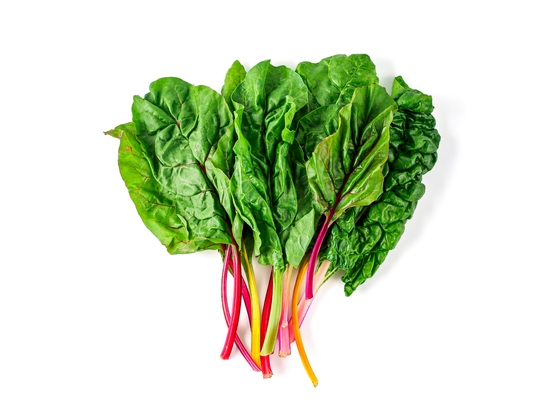
This veggie is also known as rainbow radish or sea kale because of its colorful stems. The leaves are dark and earthy in flavor, but the stems are sweet.
This veggie has polyphenols, which have the ability to inhibit the growth of cancer cells. A cup of raw Swiss chard (36 g) has 6.8 calories, 1.4 g of carbohydrates, 0.4 g of sugar, 0.1 g of fat, 0.6 g of protein, and 0.6 g of fiber.
That's a long list of advantages and different types of green vegetables that are really beneficial to your health. Choose what you like, consume on a daily basis. Be healthier.


